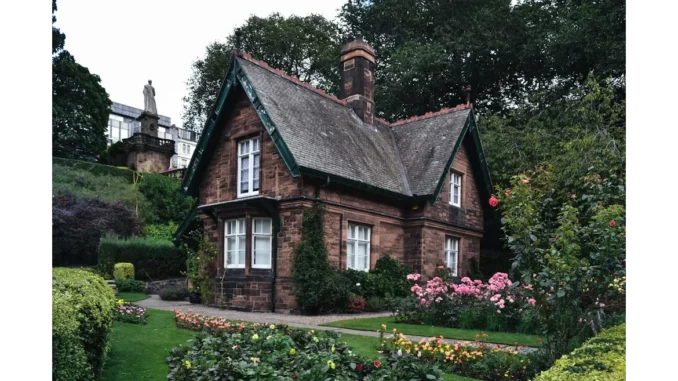
During my meeting with Laura Bennett, an esteemed architectural historian with a fervent dedication to mid-20th-century design, I eagerly anticipated uncovering the captivating narrative of a distinctive 1960s residence in Stevenage that narrowly avoided demolition. As she recounted the saga of preserving 71 Whitney Drive, it became evident that this story transcended mere construction; it epitomised the enduring significance of architectural heritage.
Focus360 Energy: property compliance services – pre-planning to post-construction. Learn more.
The house, crafted by the acclaimed architect Derrick Shorten in 1966, stands as a quintessential example of post-war modernist design. Laura’s enthusiasm was palpable as she began to describe the property. “It’s truly a gem,” she remarked. “Derrick Shorten’s work on this house, much like his contribution to Coventry Railway Station, showcases his innovative approach to design during that era.”
Laura elaborated on Derrick Shorten’s design philosophy, which was deeply rooted in creating functional yet aesthetically pleasing spaces. “71 Whitney Drive is a perfect embodiment of that. The clean lines, the open-plan layout, and the use of natural light are all characteristic of the modernist movement.”
The narrative took a dramatic turn when Jamie Shorten, Derrick’s son, decided to sell the property. To demonstrate the site’s potential, he secured planning permission to demolish the existing house and replace it with two new homes. “It was a practical decision,” Laura noted. “Jamie wanted to show prospective buyers what could be done with the land. However, it also sparked considerable concern among architectural preservationists.”
For a period, it seemed inevitable that the house would be demolished. However, fate intervened. Laura recounted how the eventual owners of the property fell in love with its unique charm and historical significance. “They were captivated by the property,” she said with a smile. “And despite some planned improvements, they have no intention of demolishing it.”
The new owners’ appreciation for the house’s architectural value culminated in a successful campaign to have it Grade II listed, ensuring its protection for future generations. “It’s a triumph for all of us who cherish our architectural heritage,” Laura remarked. “The listing recognises not only the aesthetic and historical significance of the house but also its cultural value.”
As our conversation continued, Laura shared insights into the listing process. “Securing a building’s listed status is no small feat. It involves a rigorous assessment by experts who consider various factors, including the building’s architectural merit, historical importance, and its state of preservation.” She added that the listing of 71 Whitney Drive was a testament to the house’s exceptional qualities and Derrick Shorten’s contribution to mid-20th-century architecture.
Laura also delved into the broader implications of this preservation effort. “It’s not just about saving one house,” she explained. “It’s about recognising the importance of mid-century modern architecture and ensuring that these buildings are appreciated and protected. They are integral to our cultural history.”
As our interview drew to a close, I inquired what Laura hoped readers would take away from this story. “I hope it inspires people to view our architectural heritage with renewed appreciation,” she replied. “There is so much beauty and innovation in these buildings, and they deserve to be celebrated and preserved. 71 Whitney Drive is a prime example of what we stand to lose if we’re not vigilant.”
Reflecting on Laura’s words, I felt a renewed appreciation for the architectural treasures that surround us. The story of 71 Whitney Drive serves as a powerful reminder of the value of preservation and the impact that dedicated individuals can have in safeguarding our cultural heritage. This tale underscores the importance of vigilant stewardship and the recognition of architectural landmarks as vital components of our shared history.


Be the first to comment